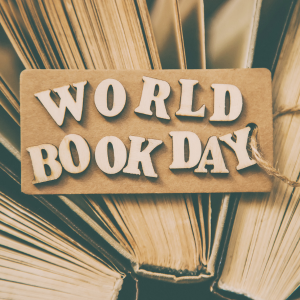By S. Hamza Asad and Ofaira Ateeq Hussain
From the many books published on the Quran, the following two, no doubt, are some of the leadings ones.
“Atlas of the Quran”
Compiled by: Dr. Shawqi Abu Khalil
Publisher: Darussalam
Number of pages: 392
Available at: Darussalam outlets (Karachi, Lahore and Islamabad)
Muslims, young and old, have always loved to read the stories of all the prophets mentioned in the Quran – Islamic stories always leave their impact on our imagination. But to capture the pictures in our mind, for the first time an untouched subject has emerged in the form of “Atlas of the Quran”.
“Atlas of the Quran” is an authentic compilation of the Quranic stories and information regarding the prophecies and the places where different prophets lived, ruled and died. The book contains tables, pictures, regions, routes and maps of all those places which are discussed in the Quran. It also embellishes the beauty of some of the major divine events with reference to their scientific facts and innovative historical and modern sources such as the flood during the times of Prophet Noah (as). Apart from this, almost all the stories and incidents of the twenty five prophets, mentioned in the Quran by name, are discussed in this book.
Compiled by Dr. Shawqi Abu Khalil, “Atlas of the Quran” is one of the greatest attempts ever to adumbrate the Islamic facts and the author of this book surely seems to have burnt the midnight oil to undertake such extensive research.
“Quran par Amal”
Written by: Summaiyah Ramadan
Translated by: Zaheer-ud-Deen Bhatti
Publisher: Manshurat
Number of pages: 157
Available at:
The book “Quran par Amal” is a translation of workshops conducted in Arabic by sister Summaiyah Ramadan in Kuwait. It has been translated into Urdu by Zaheer-ud-Deen Bhatti and the foreword is by Muslim Sajjad. Both the brothers have appreciated the fact that women are playing a very active role in the revival of our Deen.
The book is divided into four sections. The first section explores and explains how the Quran is a book of guidance, and how it should be applied to our daily lives. The second section deals with the prerequisites for bringing about personal change through the Quran. Eight prerequisites have been defined and explained.
The third section is the most interesting one. It contains the experiences of the ladies attending sister Summaiyah’s workshops. These workshops were not just a series of lectures. In each class, an Ayah of the Quran was selected, and ways of applying that particular Ayah in the daily lives of the women attending were discussed. The ladies would read and re-read the Ayah, memorize it and try to practice it in their homes for at least one week. Then they would come back and share their experiences. If they felt that, Alhumdulillah, they were able to bring about a change in themselves or their environment, they would select another Ayah for the next week. Otherwise, the same Ayah would continue for another week, until some results became visible.
The experiences related under fourteen topics are amazing and inspiring. They are classic examples of the Barakah and benefits of practicing the Quran. The problems are as simple as waking up for Fajr prayers to as complicated as distribution of inheritance.
All in all, this book is a very inspiring read for those who want to practice the teachings of the Quran in their daily lives.






